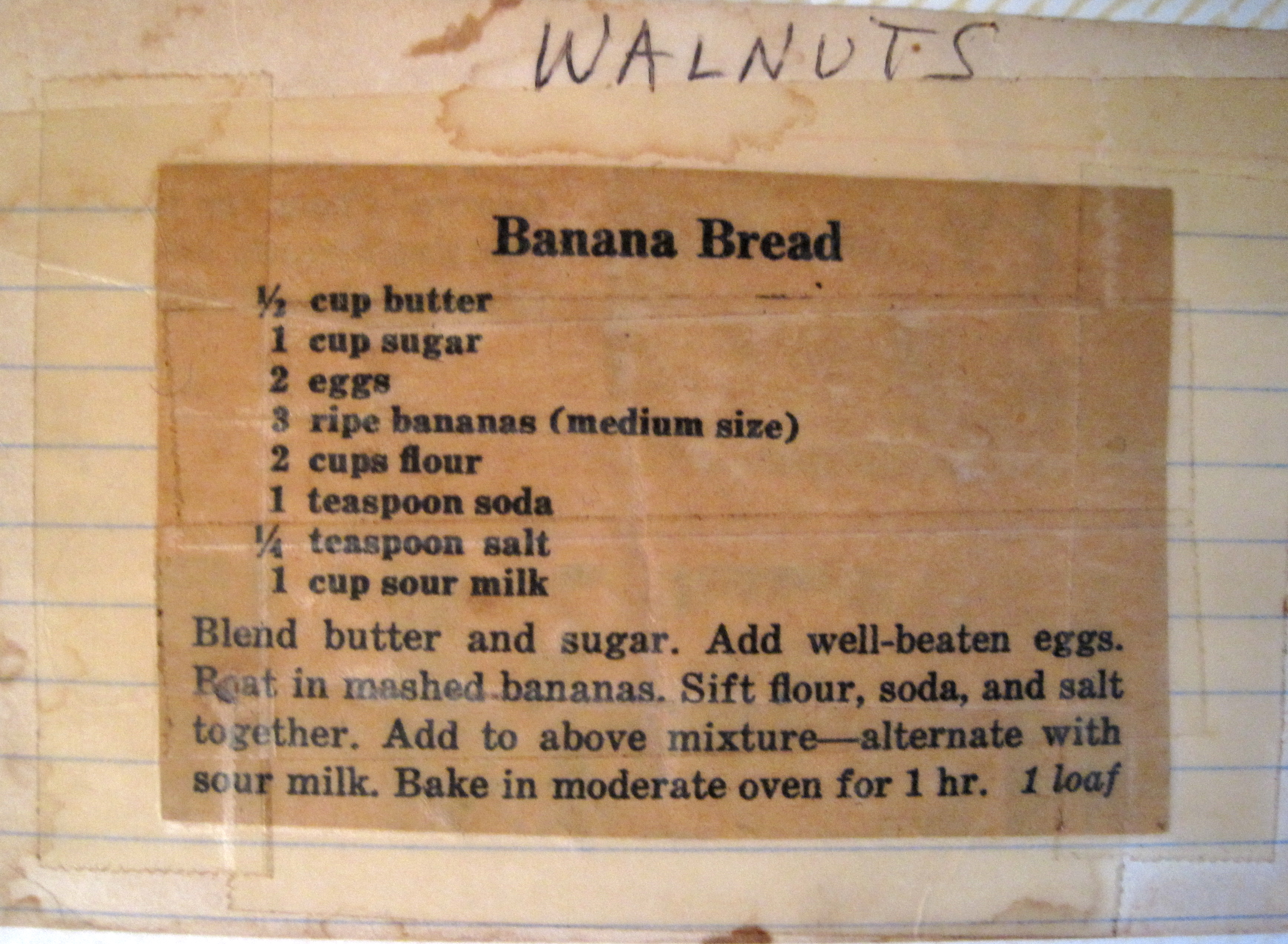
I have this great recipe for truffle cookies. It includes three kinds of chocolate: unsweetened, semisweet chips, and cocoa powder. I also have migraines from time to time, somewhat less of a bragging point. They can be triggered by too much chocolate, so I’ve figured out how to keep them at bay while still having regular Chocolate Days. That’s what I call them, every third day, and I haven’t missed one in years. I’m crap at math, you guys. I’m never going to the moon. Chocolate Days — this is a thing I’m proud of.
Recently, one Chocolate Eve, I decided I wanted to make truffle cookies, but a gooier version — the kind you could eat with a spoon, and just one serving. After several attempts and increasingly tasty Chocolate Days, I landed upon a balance that gave me tender, cakey edges and a squooshy center.* It’s a little refinement on something that already worked well. Pushing the envelope to create something new and, dare I say, glorious.
What am I getting at here, besides revealing (once again) that I flirt with fanaticism?
I’m inviting you to come along as I head to Substack. I want to write and create and explore and discover with you on a platform devoted to writers.
The blog will still be me clicking away on my laptop about whatever yada yada is in my head that day. It will still be called eve’s apple. I will always have a free option to subscribe, but am curious about content I can offer folks who would want a paid subscription. (Want to throw me some ideas? What would you like to see more of? Lay it on me.)
I started this blog in 2011 with no idea what the blank I’d say that someone else wasn’t already saying. I found out because you’ve been so ridiculously generous and have told me. Many of you have been with me since the blog’s genesis and have become genuine friends. Thank you for reading my cheerful prattling and engaging with me. I love you.
Come along as I refine this thing, whatever it is, further. Okay? Say okay.
SUBSTACK PACKING LIST
Pyrex bowls
Foraging boots
Camera (still have to read the manual)
Art supplies (need new felt tips)
Sass
*If you want to have a go at the gooey, dial back this recipe to 1/3 and bake your little guy in a heatproof dish.








